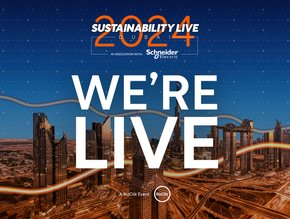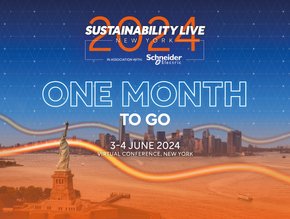Europe at clean energy crossroads following Ukraine invasion

Following Russia's invasion of Ukraine, the conventional flow of crude oil and natural gas will change irreversibly.
It remains unclear if this will speed up the clean energy transition or result in a resurgence of fossil fuels in the long run, although according to research by Arthur D. Little, it has become "evident that energy infrastructure projects will suffer from supply chain bottlenecks".
The European Commission has outlined a strategy for weaning Europe off Russian fossil fuels well before 2030. REPowerEU's strategy calls for increasing imports of liquefied natural gas (LNG) and natural gas pipelines from non-Russian providers, as well as expanded production of biomethane and renewable hydrogen.
Additionally, the plan asks for a more rapid transition away from fossil fuels through enhancing energy efficiency, expanding renewable energy sources, and expanding electricity options, as well as resolving infrastructural bottlenecks, such as capacity restrictions in energy systems.
The landscape of clean energy sources
The low reservoir levels in hydroelectric dams across Europe make an increase in hydro-generated power in 2022 unlikely. The reported production forecasts from nuclear energy are lower than historical values due to required maintenance on old reactors and unanticipated outages in an ageing nuclear fleet.
Wind power predictions currently fall short of meeting pre-crisis targets. By 2026, that capacity will rise to over 350 GW. In the short term, if the exceptional weather conditions normalise, wind generation could grow. In terms of solar electricity, SolarPower Europe estimates that the current installed capacity is 165 GW, a 26 GW rise on 2021. But the increase does not considerably reduce reliance on Russian gas.
The capacity of LNG import terminals in Europe is likewise limited. More options for new LNG import terminals and agreements with other LNG exporters are available in the medium to long term. Hydrogen is the coveted natural gas replacement as a long-term option, but a hydrogen-ready pipeline and gas network is required to secure enough hydrogen-based fuel.
The first hydrogen pipelines in Germany are expected to be built in the early 2030s if commodities supply networks are not affected. However, in the medium term, neither the continental renewable power source nor the import hydrogen terminal facilities are sufficient to make hydrogen a viable alternative.
If net-zero objectives remain a driving force in the energy transition, further electrification of the energy ecosystem is required, as is a worldwide hydrogen economy. This study advises policymakers to maximise electricity generation from existing or low-carbon sources like hydrogen, nuclear, and biomass.
The efforts to increase energy efficiency for businesses and households through digitisation need to be accelerated, as well as the conversion of hydrocarbon-based energy facilities.






